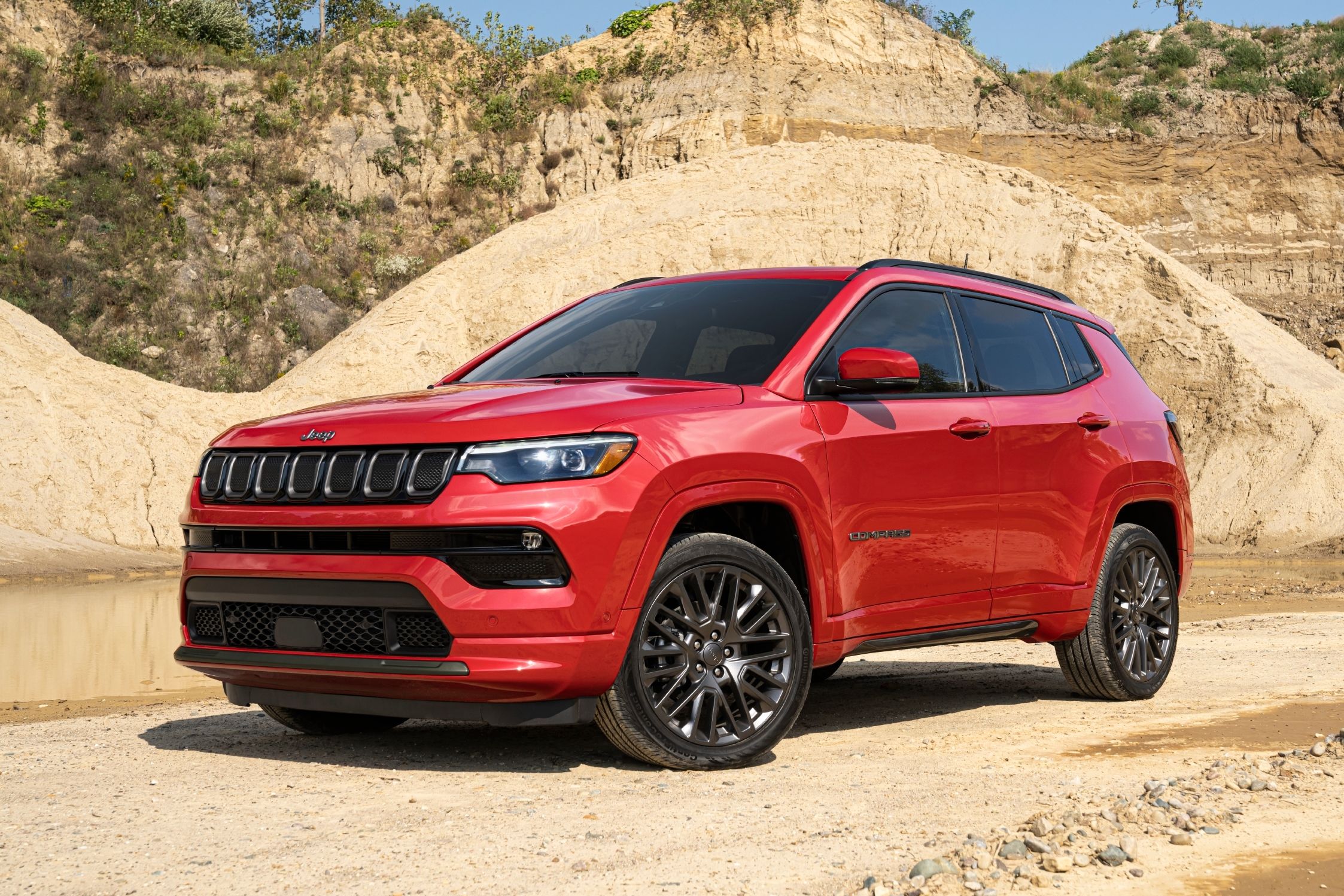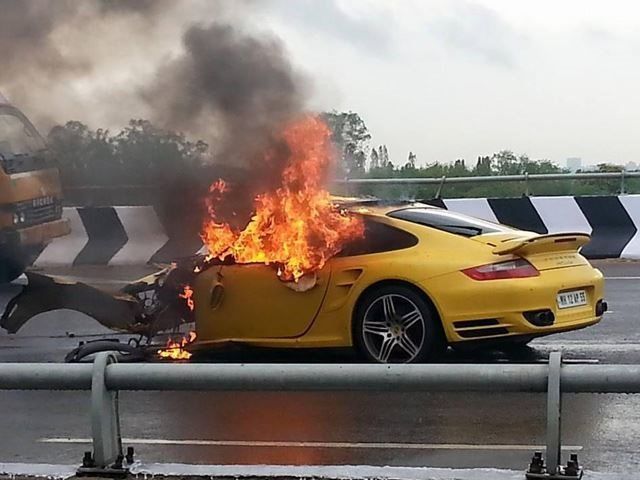
One of the most telling signs of a nation facing an infrastructure problem is an overburdened road network. India is one such country, and as the latest statistics from the World Health Organization show, the combination of a large population, a recent economic boom, lax enforcement of traffic laws, lack of safety regulations for automakers, and the aforementioned outdated infrastructure has made it a deadly place to drive. Over 137,000 traffic fatalities occur in India per year with some estimates claiming that the number is closer to 200,000.
Unfortunately, fixing things isn't simple because there is a general and persisting fear of being a Good Samaritan within the nation. One organization, SaveLIFE, was founded by a man who lost his family in a crash that would have been non-fatal had the members of his household received help from bystanders. It sounds terrible that onlookers aren't willing to help, but it isn't that citizens are apathetic about accidents. Instead, it has a lot to do with India's laws regarding accidents. SaveLIFE conducted a study to find why crash witnesses don't help and it found three main reasons. The first is that police in India often assume that those helping out crash victims are responsible for the accident and are only helping out of guilt.
Second, taking a victim to a hospital can have serious implications for Good Samaritans because often, they need to fill out huge amounts of paperwork and are sometimes even made responsible for the hospital bills. Finally, onlookers are nervous about helping out crash victims because sometimes it means that they will need to be a part of a lengthy court battle that can last years. SaveLIFE has helped pass new guidelines that protect Good Samaritans (and accident victims) such as creating a ban on charging them for a victim's bills, giving them protection from prosecution, and allowing for anonymous accident reporting in order to encourage more people to help save lives. While there is more that needs to be done for vehicle safety, this is a step forward.

